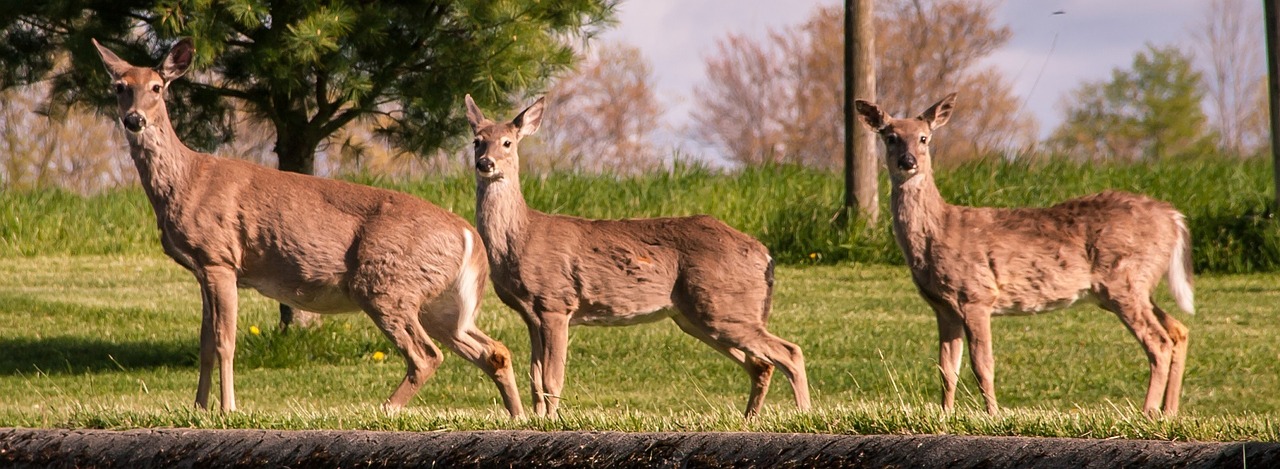Land-use program fosters white-tailed deer populations in USA
Posted by Jennifer Smith on 30th Aug 2019

A land-use program piloted in the United States is having a long-term positive impact on populations of white-tailed deer, according to new research by University of Alberta biologists.
The study examined the benefits of the Conservation Reserve Program (CRP) in North Dakota. Initiated in 1985, the CRP provides payment to farmers who convert sensitive land from agriculture production to vegetative cover, with the goal of improving water quality, preventing soil erosion, and building wildlife habitat.
"White-tailed deer tend to occur more, and in higher numbers, in areas with higher percentage of CRP," explained lead author Mariana Nagy-Reis, a postdoctoral fellow studying with Professor Mark Boyce in the Department of Biological Sciences. "Increased tall vegetative cover adds more complexity to the landscape -- a characteristic that increases fawn survival."
The results also indicate that the CRP has positive effects on other bird and mammal populations by providing permanent cover and high-quality forage. In fact, Nagy-Reis explained, the benefits of CRP go beyond improving wildlife habitats.
"It improves the characteristics of the landscape -- water, soil, and air -- and it promotes increased ecological services such as pollination and pest control. Recent studies have shown that CRP has countless social, economic, and ecological values. It is a valuable tool for biodiversity conservation in general."
"Agriculture and wildlife can be compatible with creative solutions such as the CRP program," added Boyce. "Interspersing patches of uncultivated land on an agricultural landscape affords huge benefits for wildlife and also enhances carbon sequestration and storage in the soil."
Story Source:
Materials provided by University of Alberta. Original written by Katie Willis. Note: Content may be edited for style and length.
